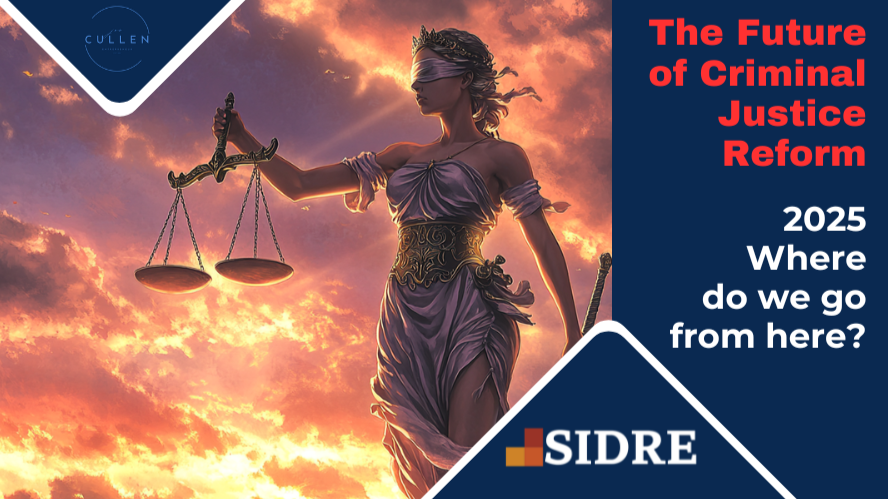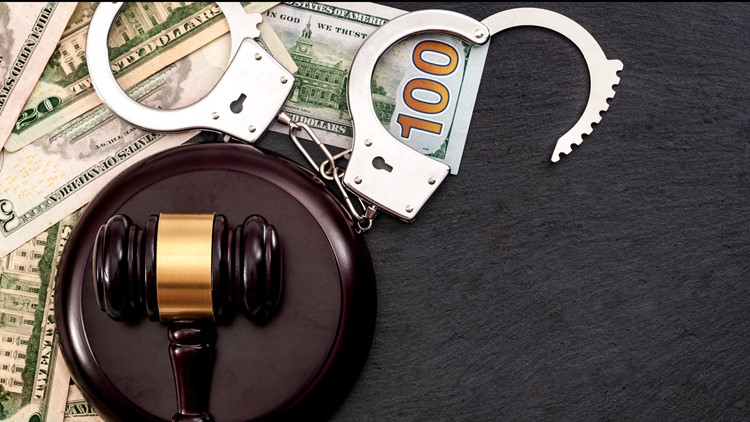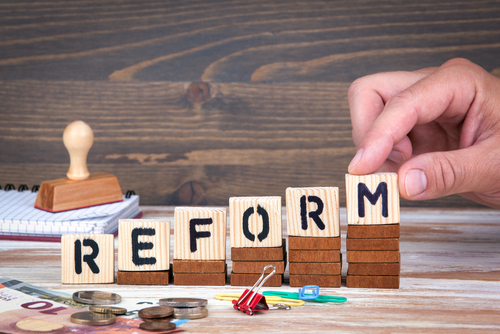In 2025, the justice system is undergoing one of the most controversial overhauls in recent memory — and it all starts with bail. If you’re facing charges or have a loved one entangled in the legal system, understanding these updates is no longer optional. This blog offers 2025 bail reform explained in plain, powerful terms — and uncovers why some of these new laws are raising eyebrows across the country.
Table of Contents
🔍 What Is Bail Reform?
Before diving into the new laws, let’s break down what bail reform really means.
Bail is a legal system that allows an arrested person to be released from jail before trial, usually by paying a sum of money. The intent is to ensure that the accused shows up for court without unnecessarily keeping them in jail.
Bail reform refers to efforts aimed at changing how bail works, especially to reduce unnecessary pretrial detention for those who can’t afford to pay. But in 2025, these reforms are going far deeper — and not everyone is convinced they’re a good thing.
🧨 2025 Bail Reform Explained: What Changed?
Across several U.S. states, 2025 bail reform laws have introduced dramatic shifts. Here are the most talked-about changes:
✅ 1. Elimination of Cash Bail for Low-Level Offenses
More states have moved to abolish cash bail entirely for non-violent offenses. Instead of paying money, accused individuals may now be released based on risk assessment tools.
✅ 2. AI-Powered Risk Assessment Tools
This is where things get suspicious. Many jurisdictions now use artificial intelligence to decide whether someone should be released or detained. Critics argue these systems can be biased, misinformed, or even manipulated.
✅ 3. Fewer Judicial Discretion Rights
In some places, judges have less control over who stays in jail. New reform laws push automated release decisions, leaving less room for case-by-case judgment.
✅ 4. Expanded Supervised Release Programs
Instead of jail, many accused individuals are now placed under electronic monitoring or probation-like supervision while they await trial.

😨 The Suspicious Side of Bail Reform
While 2025 bail reform explained by lawmakers sounds fair — equality, modern tools, cost-cutting — many defense lawyers and civil rights activists are waving red flags.
- Racial bias in algorithms: AI tools may still reflect biases baked into the criminal justice system.
- Invasion of privacy: Electronic monitoring and data tracking may violate personal freedoms.
- Increased false detentions: Some people are now being denied release not based on flight risk, but on algorithm scores.
These changes may sound “progressive,” but they are triggering debates in courtrooms and communities alike.
⚖️ What It Means If You’re Accused of a Crime in 2025
If you’re arrested in a state with active bail reform laws, here’s how your experience might be different:
- You might not need cash to be released — a court score could decide instead.
- Your case might be reviewed by a software system, not just a judge.
- If considered a “high risk” (even with little evidence), you could be detained without trial for longer.
- You could be placed under electronic surveillance instead of traditional bail.
That’s why understanding the 2025 bail reform explained here can make the difference between freedom and jail time.

💼 How Criminal Defense Lawyers Are Responding
Attorneys nationwide are quickly adapting. Defense lawyers now:
- Challenge algorithm scores in court
- Fight for more judicial review in pretrial hearings
- Advocate for clients’ digital privacy rights
It’s clear that in 2025, defending the accused isn’t just about arguing the facts — it’s about understanding and challenging how justice is applied.
🚨 Final Thoughts: Protect Yourself in the New Legal Era
Whether you’re a legal professional, a defendant, or a concerned family member, one thing is clear: 2025 bail reform is not business as usual.
Many welcome these changes as necessary and overdue. Others believe there’s something suspicious brewing behind the curtain of digital decision-making and cost-cutting measures.
Now more than ever, it’s crucial to know your rights, understand the laws in your state, and get trusted legal representation.
✅ Key Takeaways
- 2025 bail reform explained includes removal of cash bail, AI decision tools, and electronic monitoring.
- Some reforms raise suspicious concerns about fairness, bias, and individual rights.
- If accused, don’t rely on luck — get legal advice and know how to challenge pretrial decisions.


Leave a Reply to Clustering Cancel reply